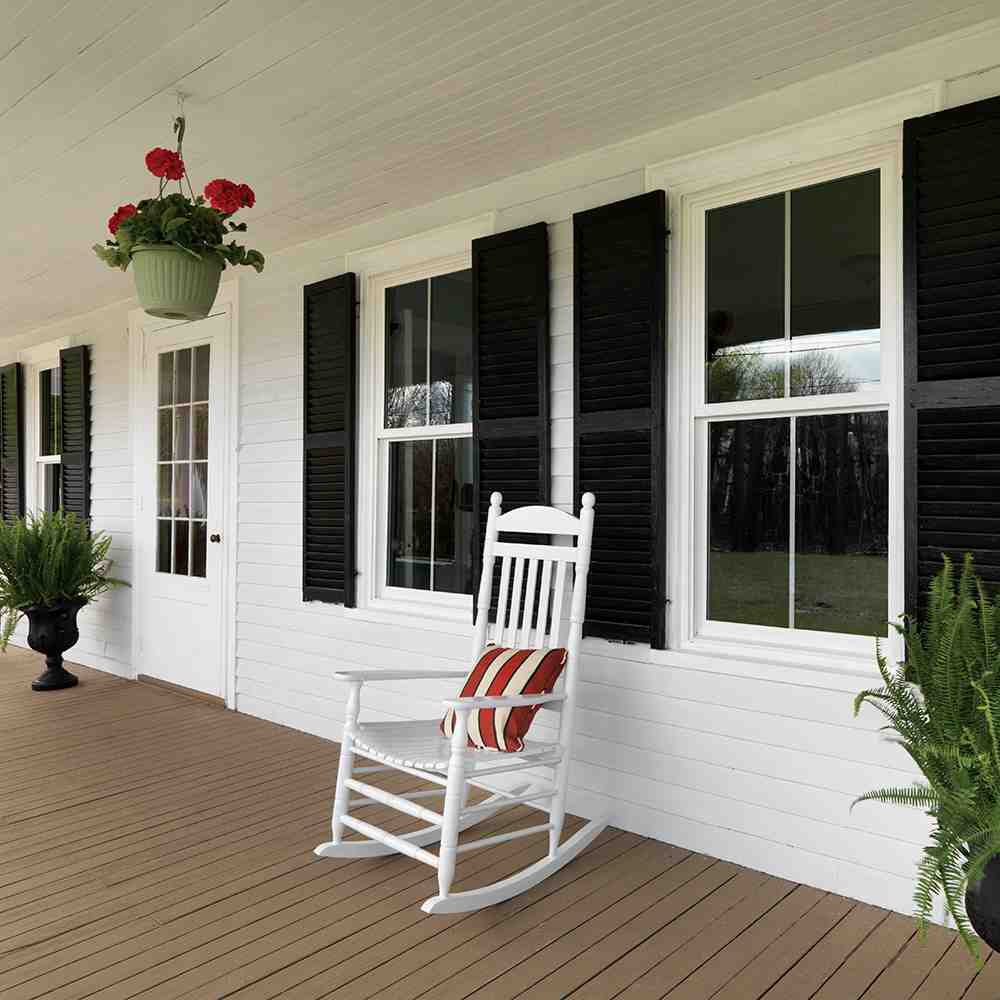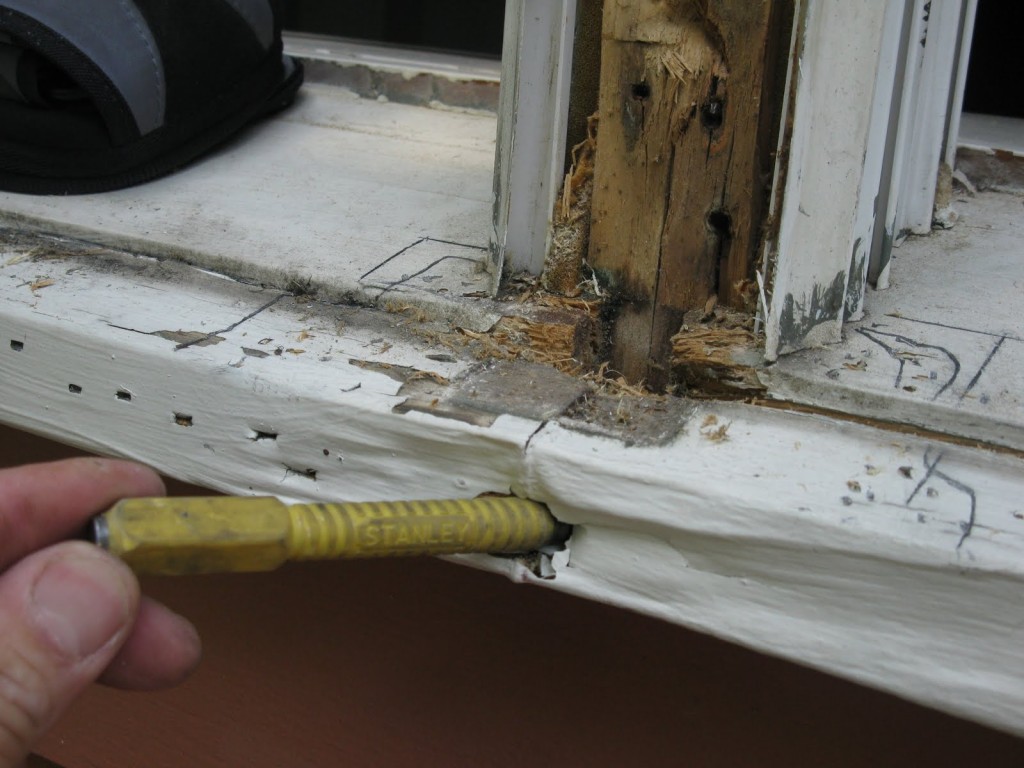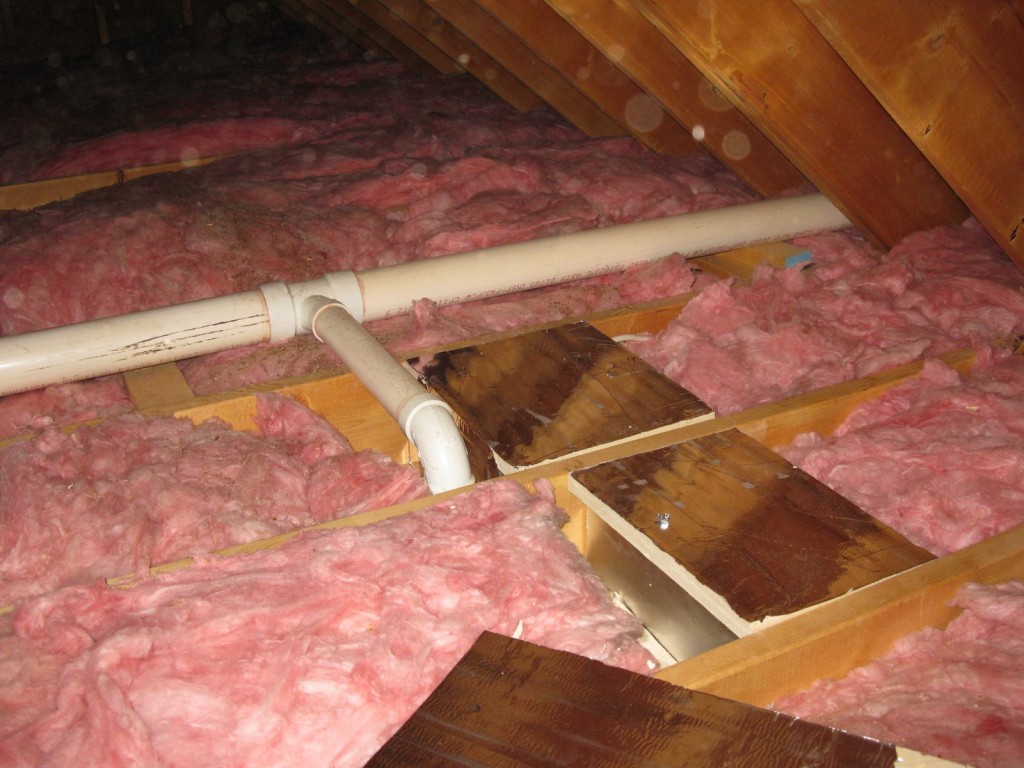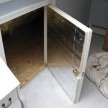Energy Saving Tips To Save Heat
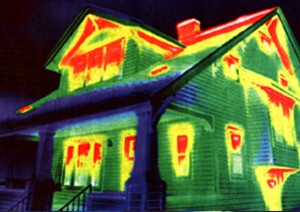 Whole House Tune Up for Fall Efficiency!
Whole House Tune Up for Fall Efficiency!
Here in New England during the late Summer and early Fall we experience an overall mild temperature, slightly chilly in the morning, very comfortable during the day, and slightly cool in the evening. You can manage a comfortable temperature in your home just by opening and closing windows, no need for additional heat, or cooling systems.
But this sweet spot in the weather will quickly pass as the Fall settles in and before you know it, we’ll be headed into a frigid New England Winter. So what better time than now to insulate and prepare your home for cool Fall weather. follow these 3 energy saving tips to save heat to ensure your home is tuned up for Fall efficiency.
Finding the source of where your home is not efficient on energy use is the first step in cutting energy costs.
Start at the Source – Service your Heating System:
Your heating system is the heart of your home’s heating efficiency and regardless of your system you want to MAXIMIZE your system’s output. Schedule your HVAC contractor to conduct a service visit to diagnose any potential issues and execute your systems annual service requirements.
Whether the visit requires major repairs or just a filter change you’ll have the confidence and security of knowing your system will perform throughout the winter months and your system will be operating at peak efficiency. Some HVAC tasks can be taken on by the DIYer, but you should invest in a professional visit to ensure your safety and tip-top performance from your heating system.
Weatherproof and Insulate Doors and Windows:
New Windows and Doors can be a costly investment, but just because you aren’t upgrading to the newest most efficient models doesn’t mean you shouldn’t improve the performance of your current windows and doors. [See our article on cost effective Jeld-Wen windows]
Doors can account for about 15% of heat loss, so to improve energy efficiency weather-strip doors to reduce that heat loss and stop uncomfortable drafts.
Already have weather-stripping on doors? Well these products wear out overtime with repeated compression, failing rubber, and regular wear and tear. Inspect your weather stripping and replace it as needed. You’ll be glad you did!
Additionally you’ll want to ensure the bottom of your door maintains a tight seal, if there are sizable gaps you should install a door sweep or a mechanical weather-strip. This small investment in time and money will definitely pay-off in cost and comfort.
Windows can account for about 10% of heat loss, and to combat this loss you can prep windows both inside and out with some simple DIY projects.
First let’s start inside, similar to door weather-stripping you can purchase weather stripping to seal the edges of your window sashes to prevent drafts. Or you can get window insulation film to seal and insulate windows with a transparent film. These simple projects can improve your windows performance, save you money, and keep you comfortable.
Now, while it’s still nice out, get outside and modify your old inefficient windows from the exterior by adding storm windows. If you already have storm windows, you can install interior Mylar storm windows or conduct simple maintenance to ensure they perform well. Although the addition of storm windows to your home may be significantly more costly than the options above, the cost still pales in comparison to replacing your old windows.
So consider adding storm windows as they reduce drafts and can bring an R-value of your single pane, old, inefficient windows to a respectable R-2. (ENERGY-STAR rated windows clock in at an R-3) That’s how to insulate and prepare your home for cool Fall weather!
Check caulking around the sides and top of the storm window to ensure a tight seal. Clear any caulk, paint, or debris that may be clogging the drains built into the bottom of the window to allow any moisture or condensation to drain away from the window. Improperly installed storm windows can lead to accelerated window rot by trapping moisture against the trim and on the sill.
Insulate your Attic:
Take advantage of cool weather to get up in your attic. This part of your home can get extremely uncomfortable during the heat of the day and come winter the attic will be as frigid as the outdoors.
The attic can account for 25% of heat loss, so if you’re keeping track that’s as much as your windows and doors combined! And in total, these areas add up to 50% of where you are losing heat, cooling, and energy in your home. Attic insulation installation, say that ten times fast, can be uncomfortable but it certainly isn’t difficult.
You’ll only need basic tools and material, and ENERGY-STAR has a great DIY guide that gives you all the guidance you need with specific material lists and poignant images to instruct the DIYer on proper application. Before you tackle this project consult ENERGY-STAR’s recommended insulation levels by region to ensure you add the appropriate amount.
How to Insulate and Prepare your Home for Cool Fall Weather:
This Fall whole home tune up will ensure you’ll be ahead of the weather and will prevent winter emergencies, keeping you and your family warm and safe.
Let’s review the key steps on how to insulate and prepare your home for cool Fall weather:
- Schedule a service visit from a professional HVAC contractor
- Weatherproof doors and windows
- Add or repair Weather-stripping to Doors
- Add Weather-stripping to windows
- Add Insulation film to interior of windows
- Add or repair exterior Storm windows
- Seal and insulate your attic
- Make a check list of other other home maintenance issues




